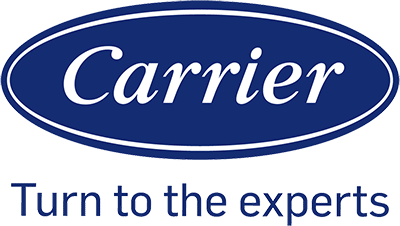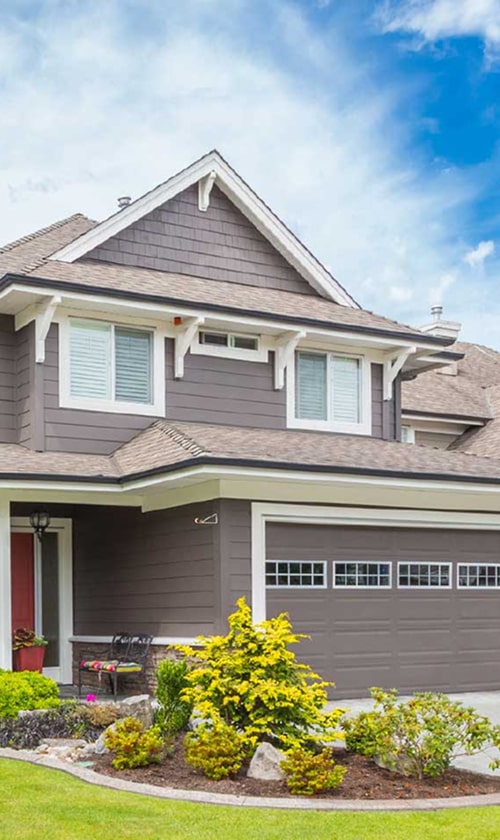Why Professional Installation Matters for Heat Pump Systems

When we install a heat pump correctly, we lower the risk of problems and make sure the system works well. Using professional services also helps to protect our investment and keeps any warranties valid.
Risks of Improper Installation
Improper installation can cause many common problems. Some of these include incorrect wiring, poor airflow, and wrong refrigerant levels. These mistakes can lead to systems that use more energy, break down more often, or fail to heat and cool rooms as needed.
If our heat pump is not properly installed, it can wear out faster, create noisy operation, or even become unsafe. Strong odors, leaks, and temperature changes may show up soon after an incorrect installation.
Loss of warranty coverage is another risk. Manufacturers often require professional installation. If we try a DIY installation or hire someone unqualified, we might lose our protection if something breaks.
Benefits of Hiring Qualified Professionals
Professional installers have training and experience with heat pump systems. They know local safety codes, electrical work, and needed permits. This helps us avoid common errors and ensures a safer system.
Qualified technicians check everything. They size the system, test the ductwork, and set up the controls. They use proper tools to adjust refrigerant levels and make sure every part is working right.
With a certified professional, we also get:
- Warranty protection
- Better system performance
- Fewer repairs and breakdowns
- Advice on care and maintenance
Hiring professionals saves us time and possible stress in the future.
Professional vs. DIY Installation
There are key differences between professional and DIY installations, including:
| Attributes | Professional Installation | DIY Installation |
|---|---|---|
| Skill Level | High, requires certification | Often limited |
| Warranty Status | Usually stays valid | Often voided |
| Safety | Follows codes and standards | May miss safety steps |
| Long-Term Performance | Reliable, optimized | Prone to issues |
When we choose DIY installation, we may save money up front but risk more mistakes. Professional heat pump installation costs more at first, but it helps avoid extra costs from repairs, higher energy bills, or safety risks.
By using professional installers, we make sure our heat pump works the way it should the first time.
Key Steps in the Professional Heat Pump Installation Process

Professional installation of a heat pump system includes several steps, each helping to ensure the system works efficiently. Thorough assessments, precise system sizing, and careful ductwork setup create a reliable heating and cooling solution for our space.
Site Assessment and Load Calculations
We start every installation process with a site assessment. This means we visit the property and inspect the area where the heat pump will be installed. We check the size of the building, insulation quality, number of windows, and even the direction the home faces.
We perform load calculations using industry-standard methods. These calculations help us measure the exact heating and cooling needs of the space. We factor in room size, ceiling height, climate zone, and even how many people use the area.
This step ensures the chosen heat pump system can handle the real energy demands. Skipping or rushing through this step can lead to poor comfort and higher energy bills.
Correct Sizing and Placement
After we complete load calculations, we select the correct size for the heat pump system. Using an oversized or undersized unit leads to issues like frequent cycling, uneven temperatures, or wasted energy. Sizing matters for both the indoor and outdoor units.
Proper placement of the outdoor unit is also key. We choose a spot with enough airflow, away from direct sunlight or blockage. For the indoor unit, we pick a central and clear location for even heating and cooling.
We check local codes and manufacturer instructions for all placement decisions. Careful sizing and placement cut down on noise, improve efficiency, and help the system last longer.
Ductwork and Airflow Optimization
Optimizing ductwork is important for balanced airflow in every room. We inspect existing ductwork for leaks, gaps, and size problems. If ducts are too small, we may have to resize or add new ones for better air distribution.
We test airflow rates to confirm every space gets enough heating or cooling. We seal joints and use the correct insulation to stop energy loss. Proper duct layout lets the heat pump reach its full potential.
Sometimes, we recommend sealing, repairing, or replacing old ducts. Taking steps to optimize airflow protects air quality and makes the heating and cooling system more cost-effective.
Ensuring Performance, Comfort, and Safety

Professional installation of heat pump systems directly impacts our daily comfort, long-term energy savings, and personal safety. Mistakes during setup can also affect the warranty and even put our home at risk without us realizing it.
Maximizing Energy Efficiency and Savings
When a heat pump is installed by a trained professional, we are more likely to see lower energy consumption and even utility bills. Proper placement avoids energy loss through poor airflow or bad duct connections. Professionals also size and calibrate the system to fit our home, so it runs efficiently in both heating and cooling modes.
Correct installation also helps maintain the ideal refrigerant levels. This keeps the pump operating at peak performance. Even small problems, like gaps in insulation or loose connections, can increase our energy use and reduce comfort. Regular checks and professional setup keep our home comfortable while shrinking our carbon footprint.
Key points to check for:
- Correct system size
- Proper duct sealing
- Refrigerant level verification
- Well-insulated lines
Safe Electrical Connections and Refrigerant Handling
A heat pump system requires high-voltage electrical connections, which must be safely wired to prevent fires or electric shocks. Our safety depends on proper handling of these electrical connections. Only licensed installers should work with these systems to meet local building codes.
Refrigerant lines must also be connected and sealed correctly. If not, leaks can occur, which not only hurt performance but can also release harmful chemicals into our home and environment. Some refrigerants are hazardous if inhaled or touched. Professionals use specific tools to measure and fill refrigerant lines, preventing underfilling or overcharging the system.
Mistakes here can also reduce our system’s life span and create health risks for people and pets in the home.
Maintaining Warranty and Compliance
Manufacturers often require proof of professional installation to keep the system’s warranty valid. If we install the heat pump ourselves or use an unqualified installer, we risk losing coverage for repairs or replacement. This can mean large out-of-pocket costs if problems develop later.
Professional installers also ensure our system meets local codes. These codes are set for safety and efficiency. If our heat pump is not up to code, we may face fines or legal issues, especially if we sell our home.
To protect our investment, we must make sure our installation is both compatible with our home and meets all warranty and legal requirements. This helps guarantee that our heat pump system will work reliably for many years.
Long-Term Value of Professional Heat Pump Installation
Proper installation helps us get the most out of our heat pump system. It protects us from problems like breakdowns, high costs, and low comfort.
Extending System Lifespan
A professionally installed heat pump often lasts much longer. When experts follow the right steps and use correct tools, every part is set up to work smoothly. They check electrical connections, refrigerant levels, and airflow. This detailed setup reduces stress on the heat pump’s parts. Less stress means less wear and tear.
Our system’s service life grows when it starts off healthy. Usually, a pro-installed system can last 10–15 years or more. This longer lifespan saves money compared to a unit that breaks down early. We avoid early replacements and use our investment for as long as possible.
Reducing Maintenance and Repairs
When heat pumps are properly installed, we have fewer surprises. Errors during setup can cause leaks, poor airflow, and noisy operation. A qualified installer tests the system before leaving. They look for any maintenance issues early, so we don’t have to face frequent repairs later on. With everything in place from day one, parts like the compressor and fan stay in better shape. There are less emergency calls and less time without heating or cooling. Fewer repairs mean more savings and less hassle each year. We spend less money and time fixing problems and more time enjoying our HVAC system’s benefits.
Ensuring Peace of Mind and Ongoing Support
Professional installers usually offer warranties and customer support. If anything goes wrong, we can contact them for help. This support gives us real peace of mind. We know our system works safely and efficiently, and if an issue comes up, we’re not alone.
Many installers offer scheduled tune-ups. This ongoing care catches problems early and keeps our system at peak performance. Knowing we have expert help just a phone call away adds confidence. We trust our HVAC system to keep our home comfortable year-round.




